Scroll through social media on any given day and you may not be convinced of the human’s superior intelligence. In truth, however, humans do appear to be the planet’s smartest animals. There are many other species that have been proven to be highly intelligent, though, and some animals have cognitive abilities that even match and practically surpass our own.
What is intelligence, though? Some markers of intelligence in animals include the ability to learn new things, a grasp of symbols and language, the ability to imitate others, self-awareness and creative thinking.
From ocean-dwelling invertebrates to gigantic spiders to common squirrels and cows, this list of the smartest animals on earth may hold some surprises.
Elephants
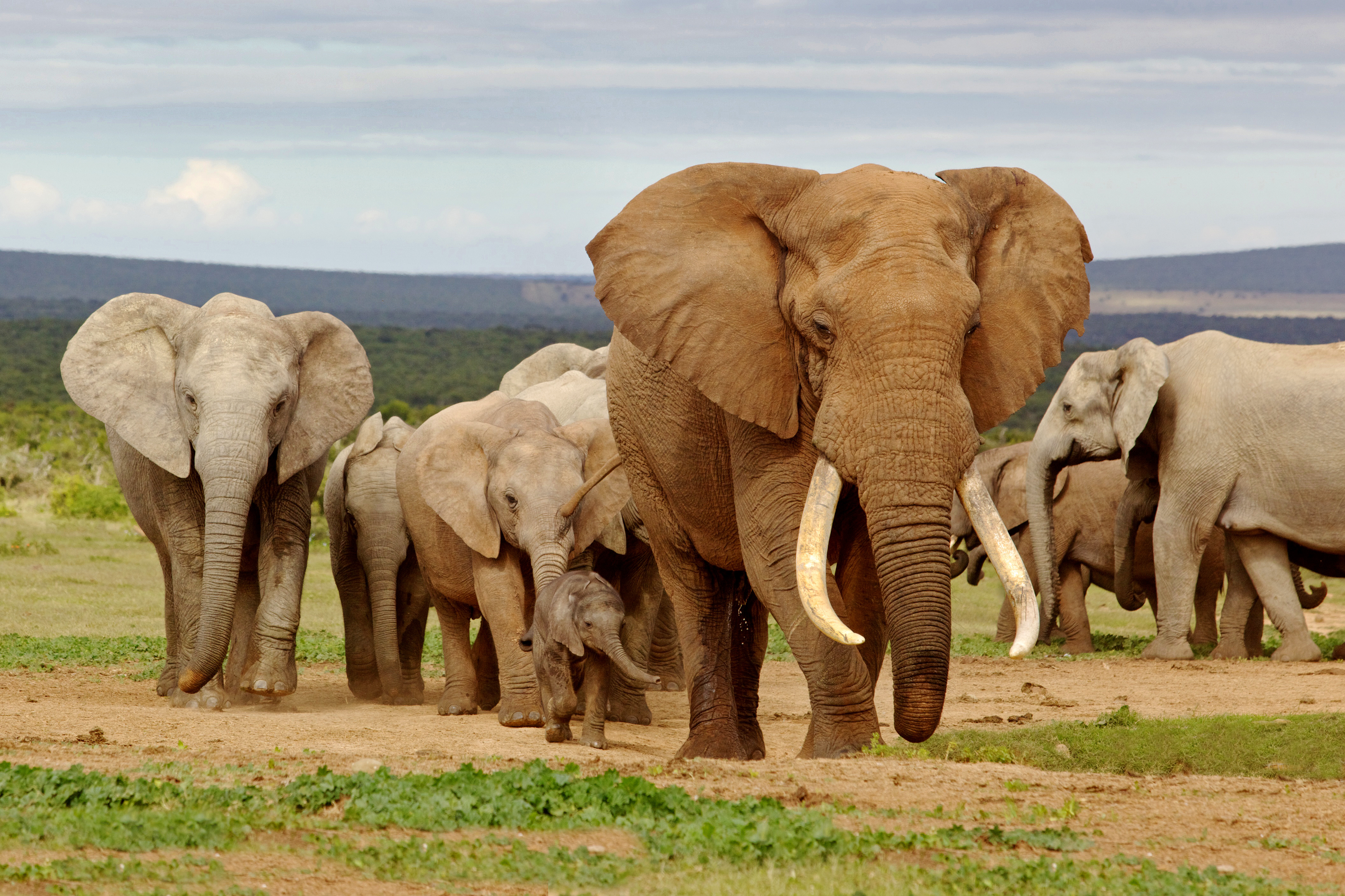
Elephants have famously excellent memories, but these gentle giants also boast other mental and emotional complexities, which make them some of the most intelligent members of the animal kingdom.
Elephants are capable of recognizing themselves in a mirror, exhibiting a level of self-awareness that is uncommon among non-human animals. Elephants can also communicate with other members of their herd, and some are even capable of painting works of art!
What’s more, elephants are remarkably emotional and compassionate creatures. They have been observed caring for their injured friends, and they clearly grieve their dead by collectively mourning, and sometimes even by burying them.
Dolphins
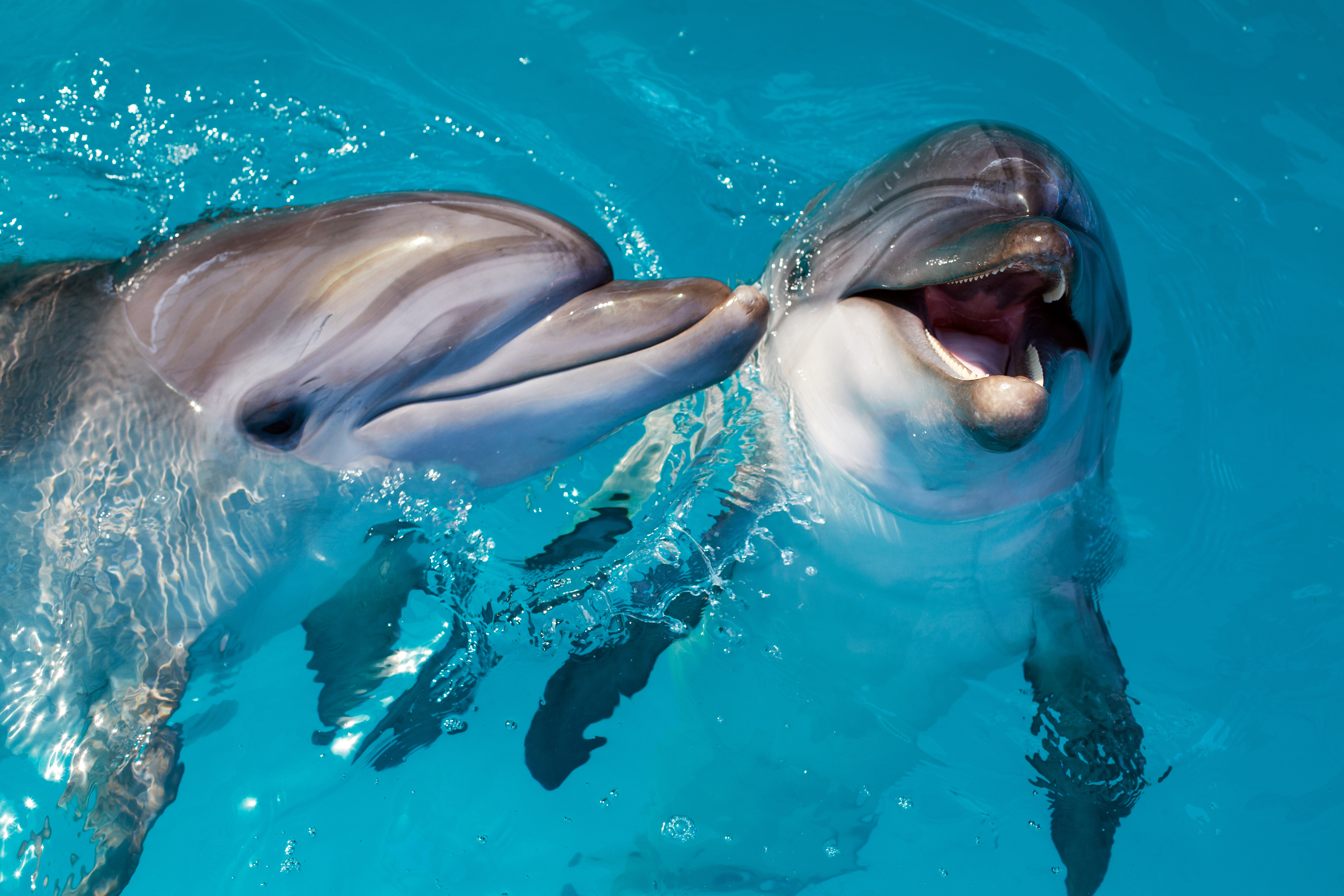
Much is known about the vast intelligence of the dolphin. These seafaring mammals are known to be sociable, curious, empathic and cooperative. They can even learn to call each other by name — a unique whistle, actually.
With their friendly demeanor and easy trainability, dolphins’ popularity as characters in film and television should come as no surprise. What may be surprising are the studies in which young dolphins showed signs of self-awareness at the age of 7 months, which is sooner than even chimpanzees and human beings.
These developments have led some researchers to wonder, “Are these cetaceans actually … people?” Some ethicists and scientists now argue that our emotional and intellectual similarities should lead dolphins to be regarded as “non-human persons.”
Chimpanzees
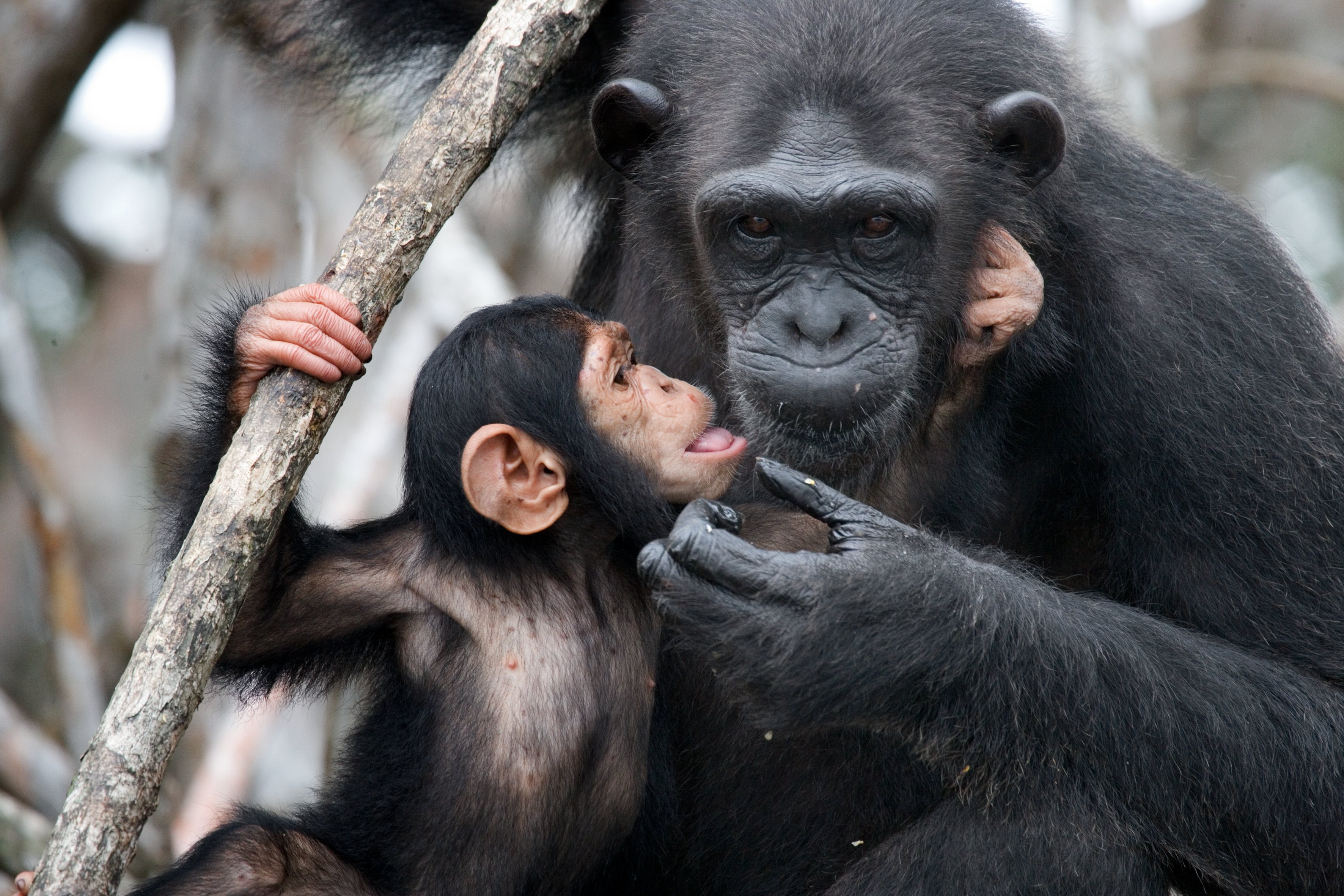
Being so closely related to humans, chimpanzees share many of our intellectual abilities. Among other achievements, chimpanzees can learn hundreds of signs in American Sign Language, and they’re capable of playing computer games.
Chimpanzees can also use objects as tools and sometimes as toys. Jane Goodall, the famed primatologist, observed chimpanzees using leaves as sponges to soak up water to drink, as well as using sticks to dig for termites.
As noted in a MasterClass about chimp intelligence, Goodall also “witnessed chimpanzees playing tug-of-war and throwing gourds in the air and catching them like balls. Chimps’ imaginative use of objects is an indication of their intelligence.”
Pigs
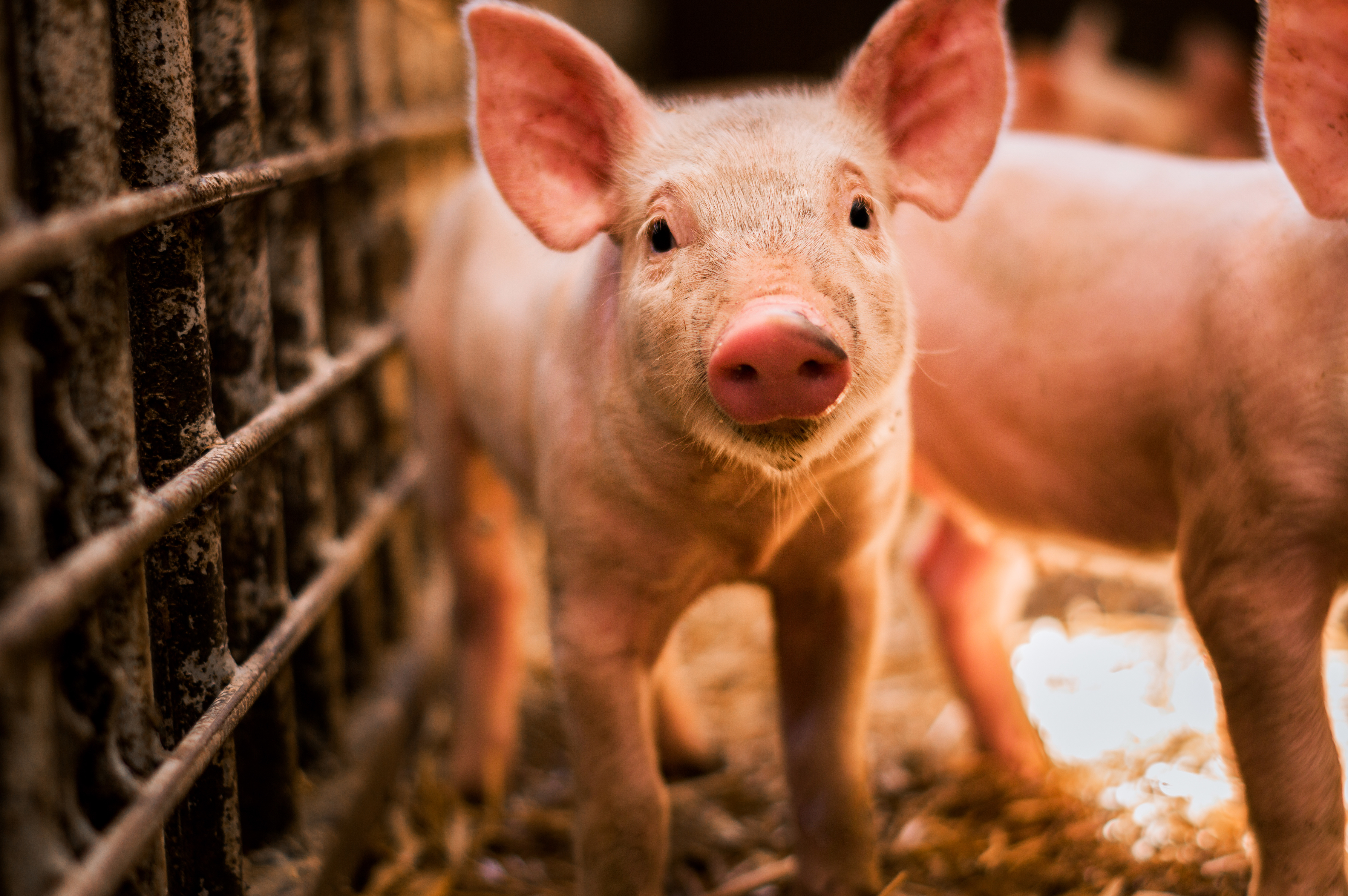
The products and services mentioned below were selected independent of sales and advertising. However, TheDelite may receive a small commission from the purchase of any products or services through an affiliate link to the retailer's website.
Many common farm animals are much smarter than we may realize, and pigs are perhaps the most intelligent of all. Many clever pigs can figure out how to undo the latches to their pens and will even undo the latches for their swine brethren. Pigs will come when called, and they can be trained to perform tricks.
One scientist even trained pigs to play a video game with a joystick modified for the pigs’ snouts, as a way of studying their cognitive abilities.
“They not only learned the games but did so as fast as chimpanzees, demonstrating a surprising capacity for abstract representation,” wrote Jonathan Safran Foer in his book “Eating Animals.”
Cats

Anyone who’s a “cat person” is well aware of the mental agility of these furry friends. Domesticated cats can figure out how to use door handles to open doors and many will learn their names (whether they choose to respond when called, of course, is another matter). Cats have impressively long memories and will likely remember what they learn for the entirety of their lives.
Using positive reinforcement and food rewards, many cats can be trained to perform tricks. They can even be trained to use the toilet, though, again, these fickle and independent creatures will only perform a “trick” when they feel like it.
Crows And Ravens
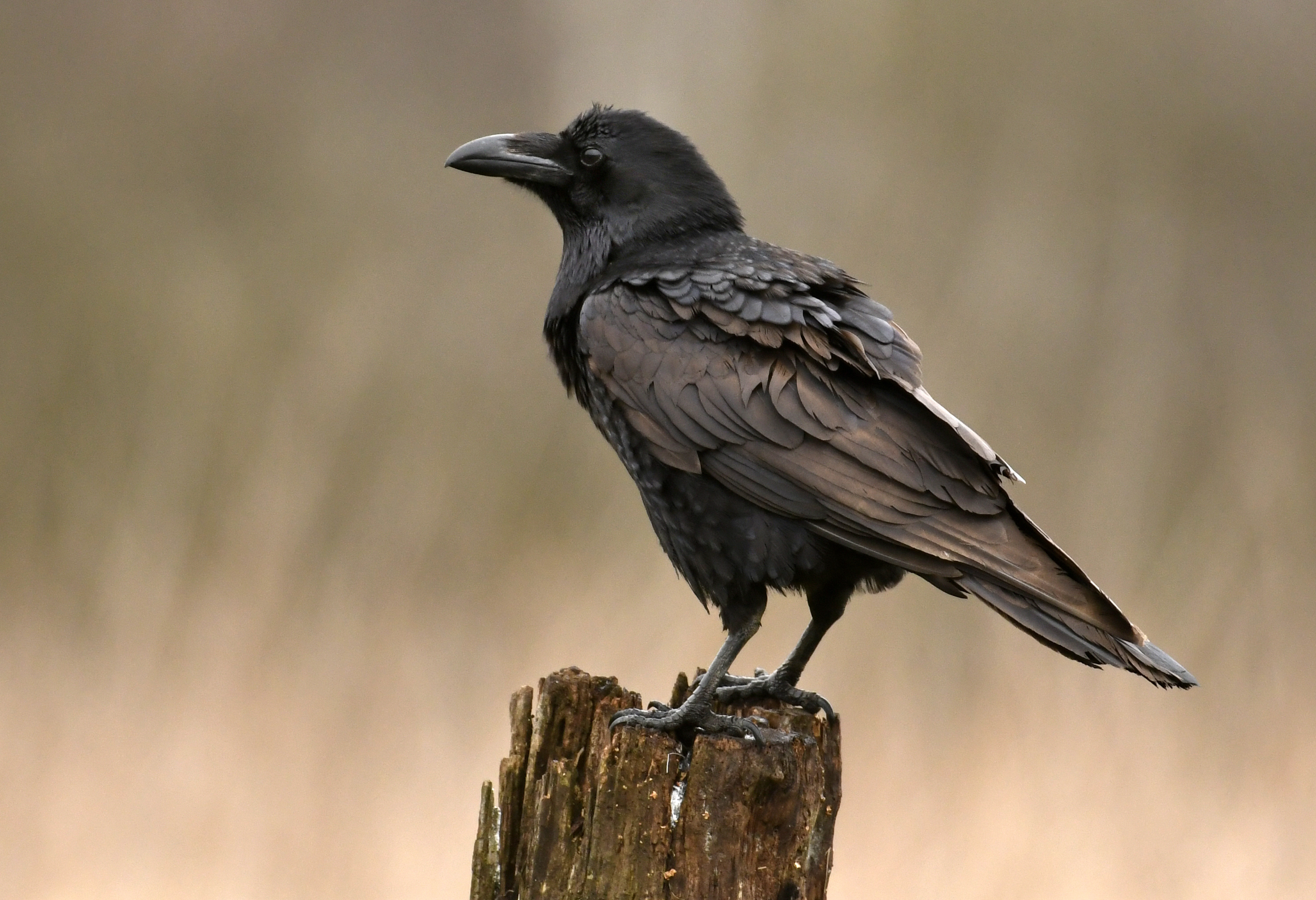
There’s much more to the crafty crow and spooky raven than just those eerie-looking, glossy black feathers. Crows and ravens have an incredible ability to recognize faces, as Kevin McGowan, Ph.D., an expert on crows at the Cornell Lab of Ornithology, well knows.
“The crows around here, they know my face,” McGowan told National Geographic. “They know my car, they know my walk, they know me 10 miles away from where they’ve ever encountered me before. They’re just amazing that way.”
These birds can also hold a grudge. Studies have found that ravens will remember and show a preference for people who have treated them fairly in the past, and they’ll avoid those who have “cheated” them.
Octopus
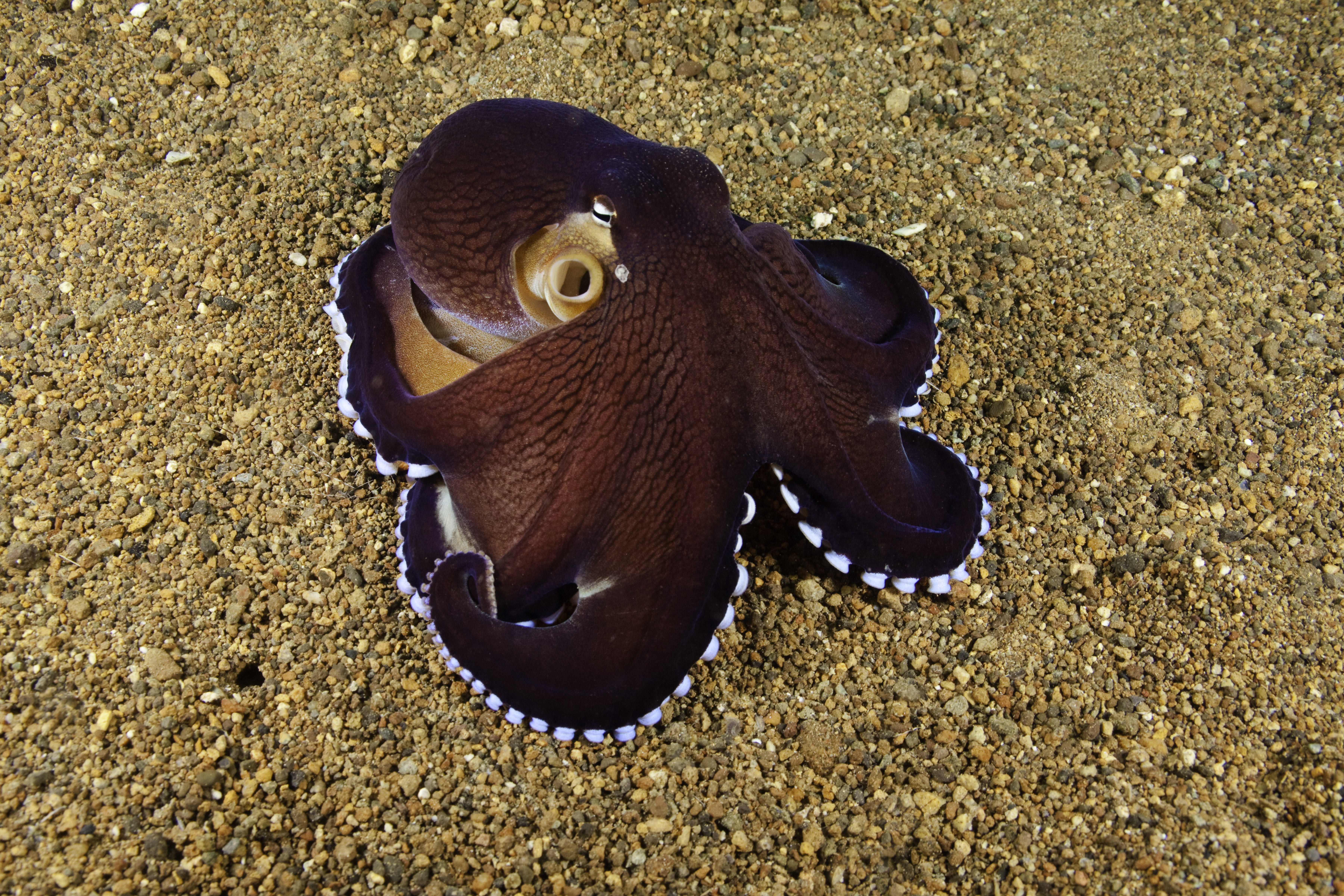
These cephalopods may lack a backbone, but they have three hearts, which pump their copper-based blood throughout their body.
As early as the third century, octopuses have been said to demonstrate a crafty and determined nature. Today, their exploits are well-documented. Whether it’s escaping captivity, or going above and beyond (their enclosures) to secure a tasty snack, octopuses make good use of the 200 million neurons in their brains.
Given their wily and intrepid nature, it is perhaps for the best that these invertebrates are not capable of conscious thought.
Raccoons
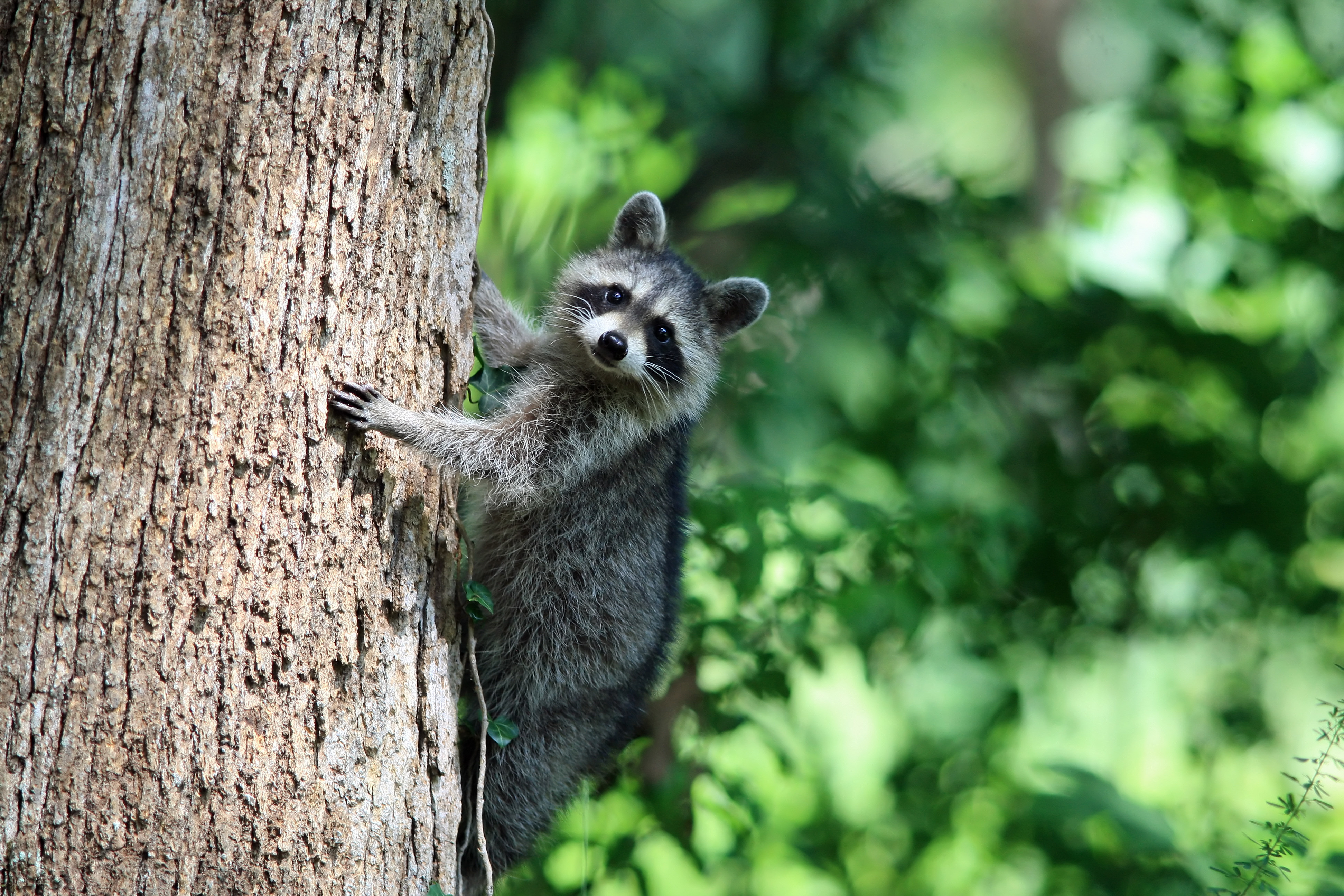
If you’ve ever seen a raccoon sift through garbage and then nibble on something in an unnervingly human-like way, you were likely convinced of this furry bandit’s intelligence. Raccoons’ problem-solving skills and cleverness in sourcing food are well-known, and they were frequently used in lab research in the early 20th century because of their curiosity and intelligence. Using raccoons in research fell out of favor, however, because the animals were constantly trying to escape — and often succeeding.
In recent years, researchers have found that the brain of a raccoon contains as many neurons as a dog’s brain, and the ratio of a raccoon’s brain size to the number of neurons it holds is similar to some primate brains, according to PBS Newshour.
“The very large number of neurons that we found in the raccoon cortex fits very nicely with the lore about raccoons,” Suzana Herculano-Houzel, who holds a doctorate in neuroscience, told the site. “It matches with how incredibly ingenious these little creatures are and how good at problem-solving they are when it comes to finding food.”
Orangutans
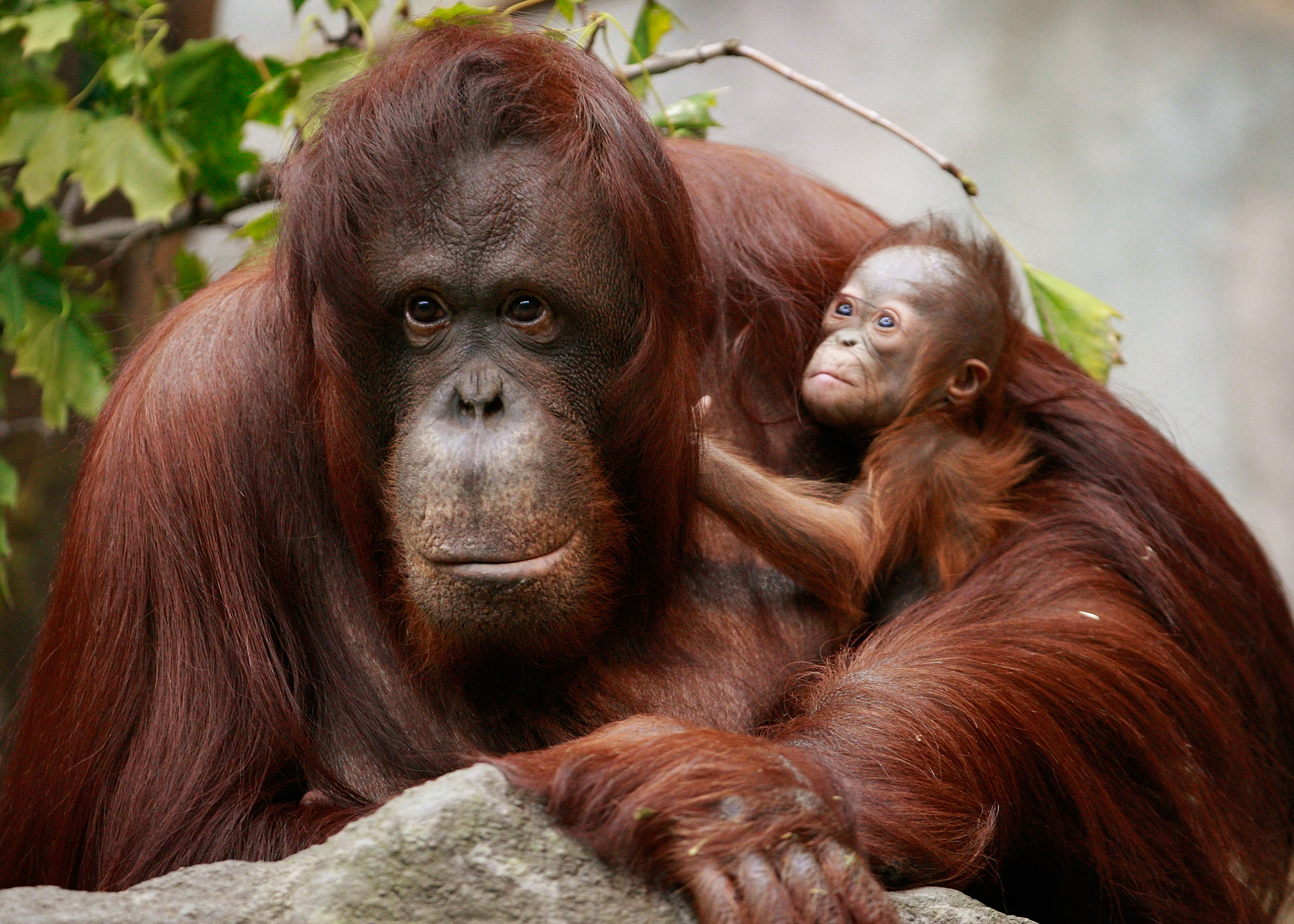
One measure of the orangutan’s remarkable intelligence is their ability to understand the concept of the future, and to make plans for it. Researchers have observed orangutans stashing objects for future use, such as piling up stones to use hours later as ammunition. Wild orangutans can even plan out their travel routes in advance and will communicate the itineraries to other orangutans in their group.
Orangutans also use objects as tools, like other highly intelligent primates, and they seem to grasp language at a sophisticated level, and they also use facial expressions and body language. One orangutan named Azy who participated in the Orangutan Language Project at Washington, D.C.’s National Zoo, displayed impressive thoughtfulness in his communication with his human observers.
“Not only does Azy communicate his thoughts with abstract keyboard symbols, he also demonstrates a ‘theory of mind’ (understanding another individual’s perspective) and makes logical, thoughtful choices that show a mental flexibility some chimpanzees lack,” wrote science writer Virginia Morell in National Geographic.
Ants
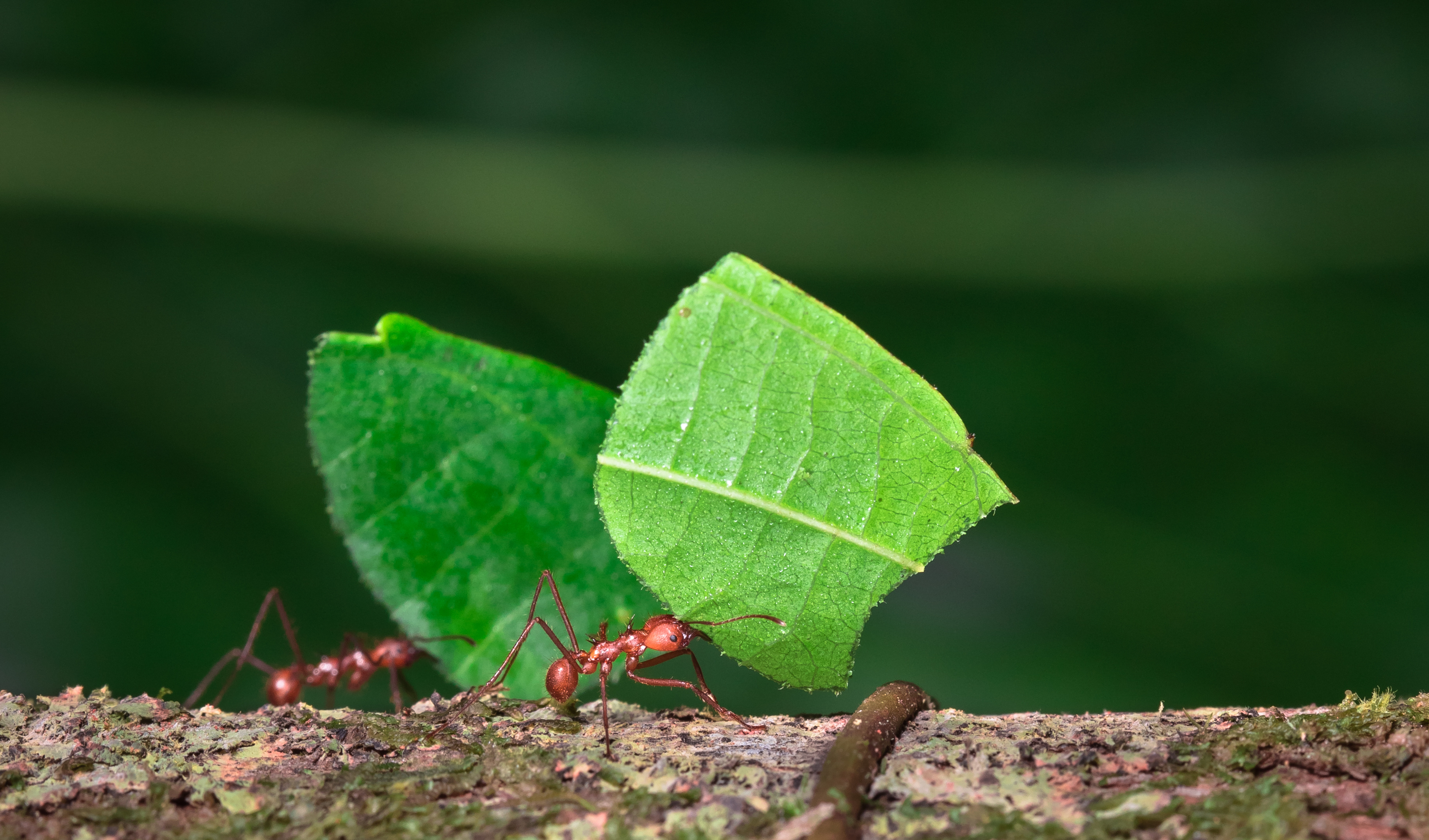
Ants actually possess very large brains for their size, but individual ants on their own aren’t particularly smart. The intellectual acumen of ants is most impressive in their ability to collaborate and organize in the search for food. Ants will work together to optimize the shortest and easiest path between food and their nest.
“The ants collectively form a highly efficient complex network,” wrote researcher Jürgen Kurths, in a 2014 paper on the foraging behavior of ants.
Kurths even claims that foraging ants are more efficient at searching and collecting data than an internet search engine.
“I’d go so far as to say that the learning strategy involved in that is more accurate and complex than a Google search,” he told The Independent. “These insects are, without doubt, more efficient than Google in processing information about their surroundings.”
African Grey Parrots
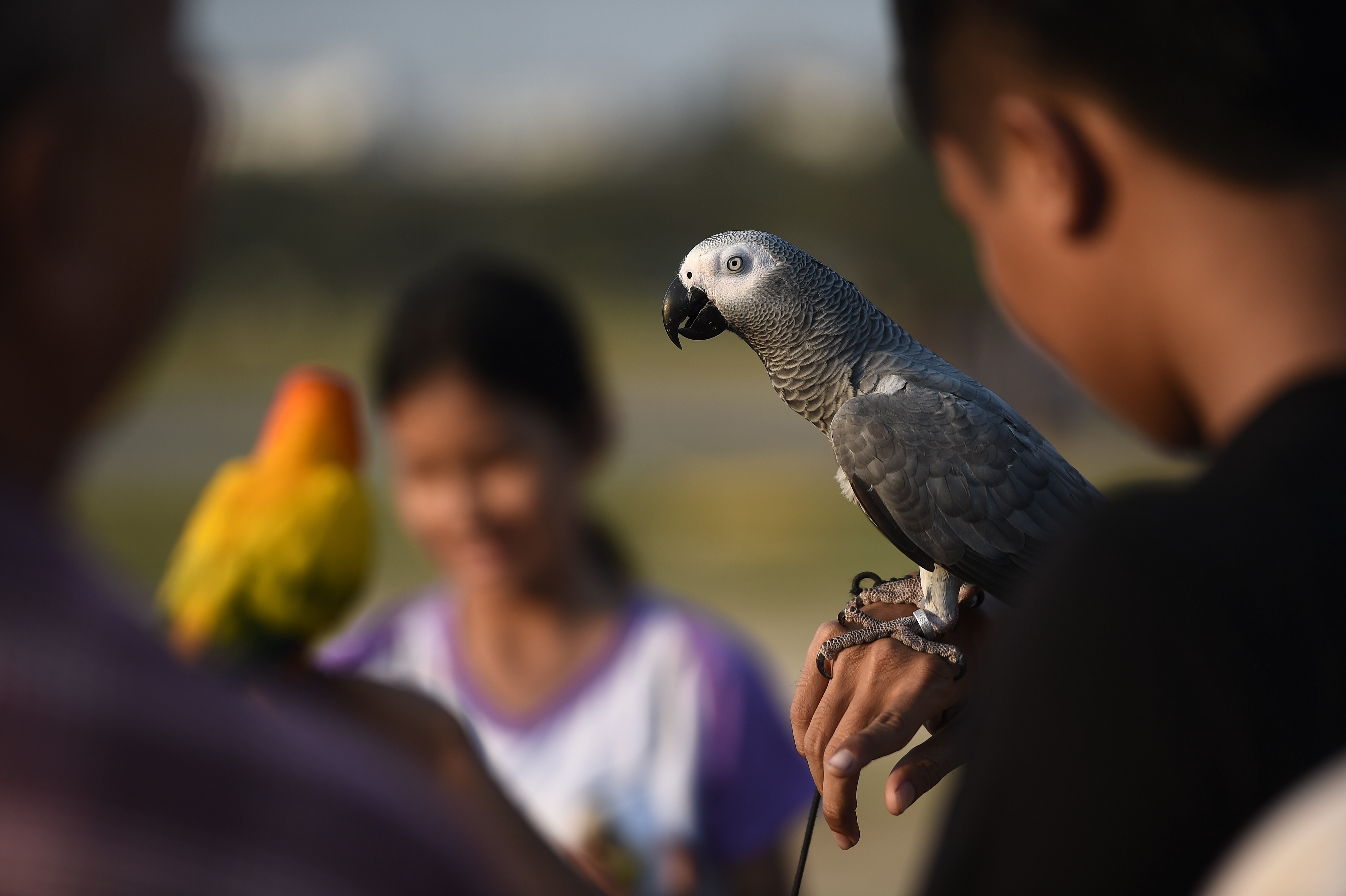
Many parrots are smart enough to learn and, well, parrot back words, but the African grey parrot is perhaps the savviest parrot of all. Not only are African grey parrots capable of learning a multitude of words, they’ve exhibited an understanding of more complex thought, as well, such as the concept of “zero,” “same,” and “different.”
Some Harvard researchers have discovered that their African grey parrot, Griffin, can identify shapes and colors, indicating that birds might be able to process visual information in a way that is similar to humans.
“There’s a lot going on in those little walnut brains of theirs,” Kevin McGowan, the crow expert, told National Geographic about African grey parrots. “And they live so long that they can amass a lot of intelligence and a lot of memories.”
Sea Lions
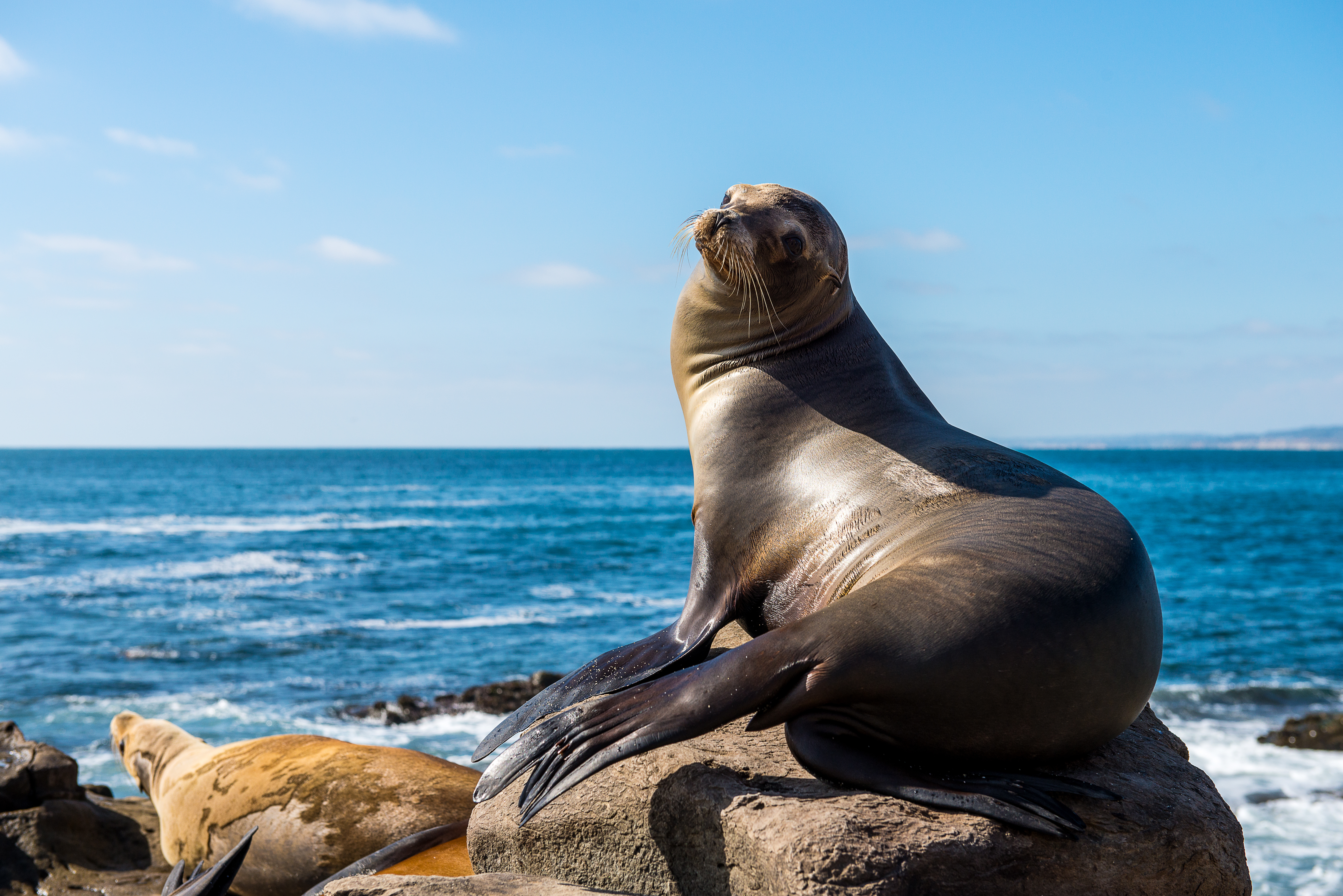
Similar to elephants, dolphins, whales, and semi-aquatic mammals like seals, sea lions have large brains relative to their size. However, sea lions are the only animals besides humans that have demonstrated the ability to use basic logic (if A=B and B=C then A=C). One California sea lion named Rio has even solved IQ tests that have stumped many humans.
Sea lions are easy to train, as well, which is why they’ve frequently been used in circuses and aquarium shows. The U.S. military has even used sea lions in missions, including training sea lions to help protect Naval ships from terrorists.
Chickens
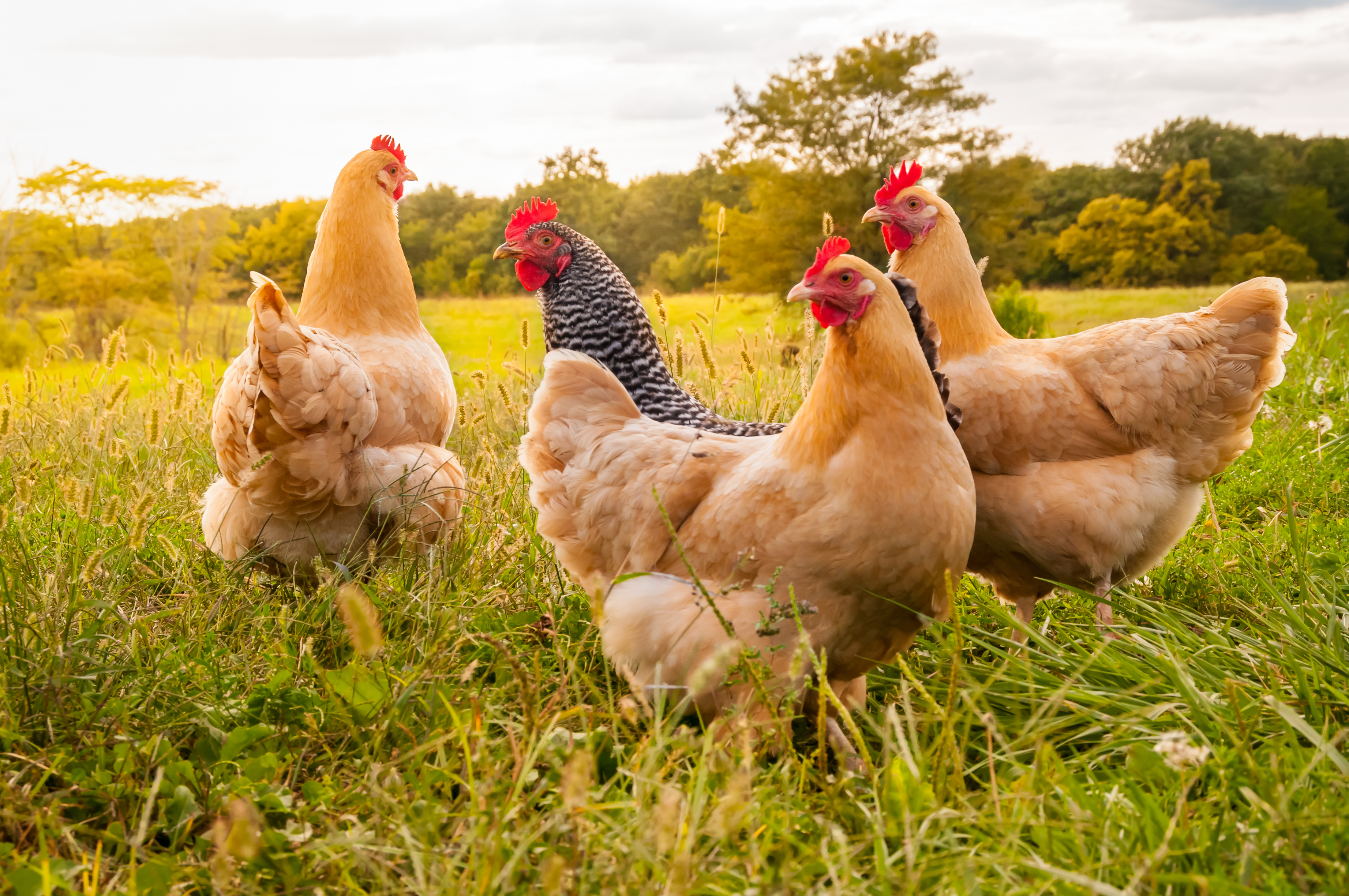
Scientists have discovered that chickens are not, in fact, just silly barnyard birds. A chicken’s brain is separated into left and right hemispheres (called lateralization), just like a human’s brain, with each side possessing different specialties.
Chris Evans, who studies animal behavior at Macquarie University in Australia, explained to the New York Times that chickens will organize themselves into social groups, can communicate with each other using 24 distinct cries and are adept at solving problems.
”As a trick at conferences I sometimes list these attributes, without mentioning chickens, and people thing I’m talking about monkeys,” Evans said.
So, the next time someone calls you bird-brained, take it as a compliment!
Squirrels
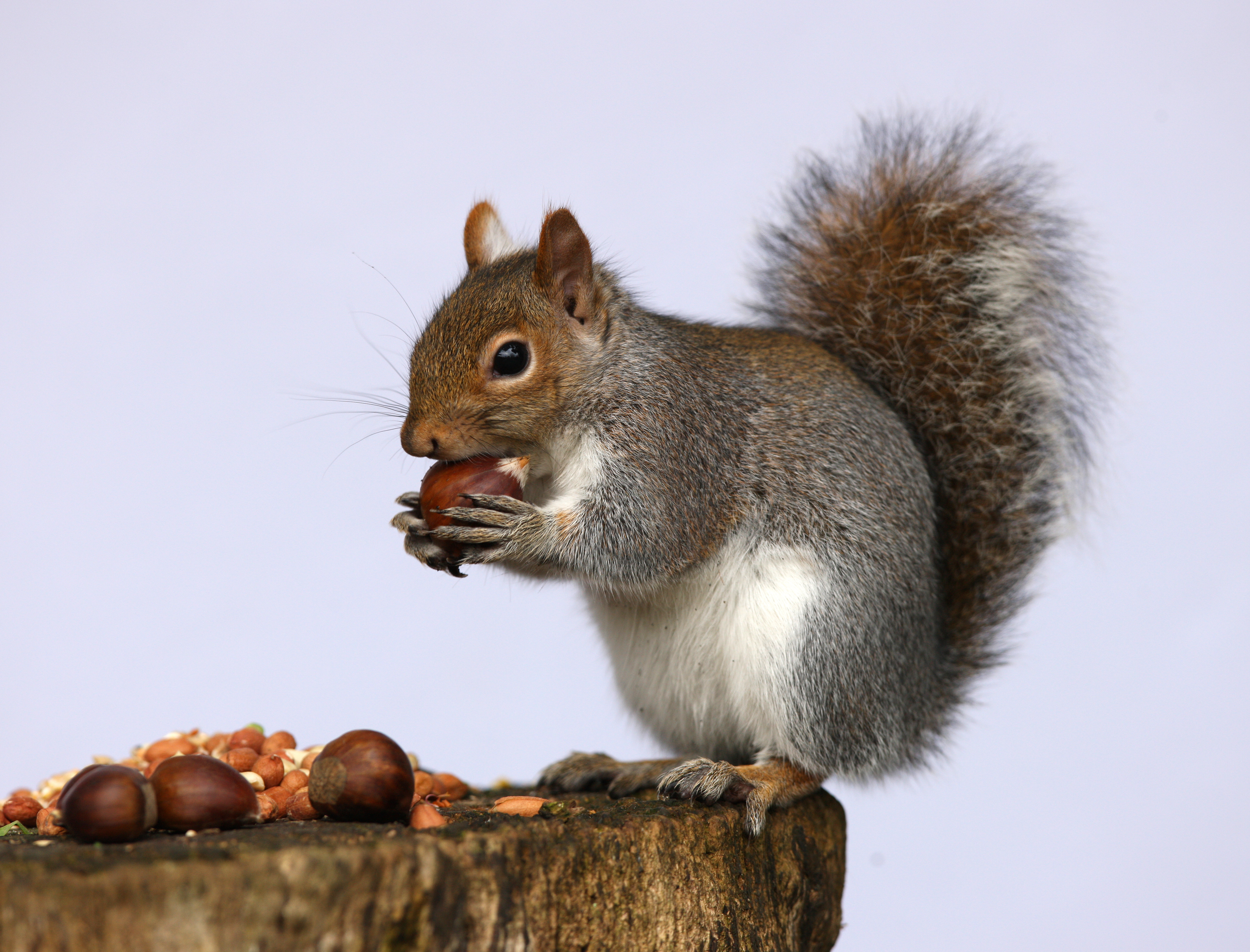
Anyone who’s observed squirrels in their yard or in a city park knows that squirrels can be quick, clever, and brazenly fearless — especially when gathering food and storing it for future use.
Studies have found that squirrels are, indeed, some of the more intelligent animals around, with keen memories and the ability to quickly learn by observing their peers. In one experiment, squirrels even displayed sharp problem-solving skills by attempting various tactics for opening a locked box.
They may be annoying to some homeowners, but you can’t deny that these furry animals are bright and persistent.
Goats
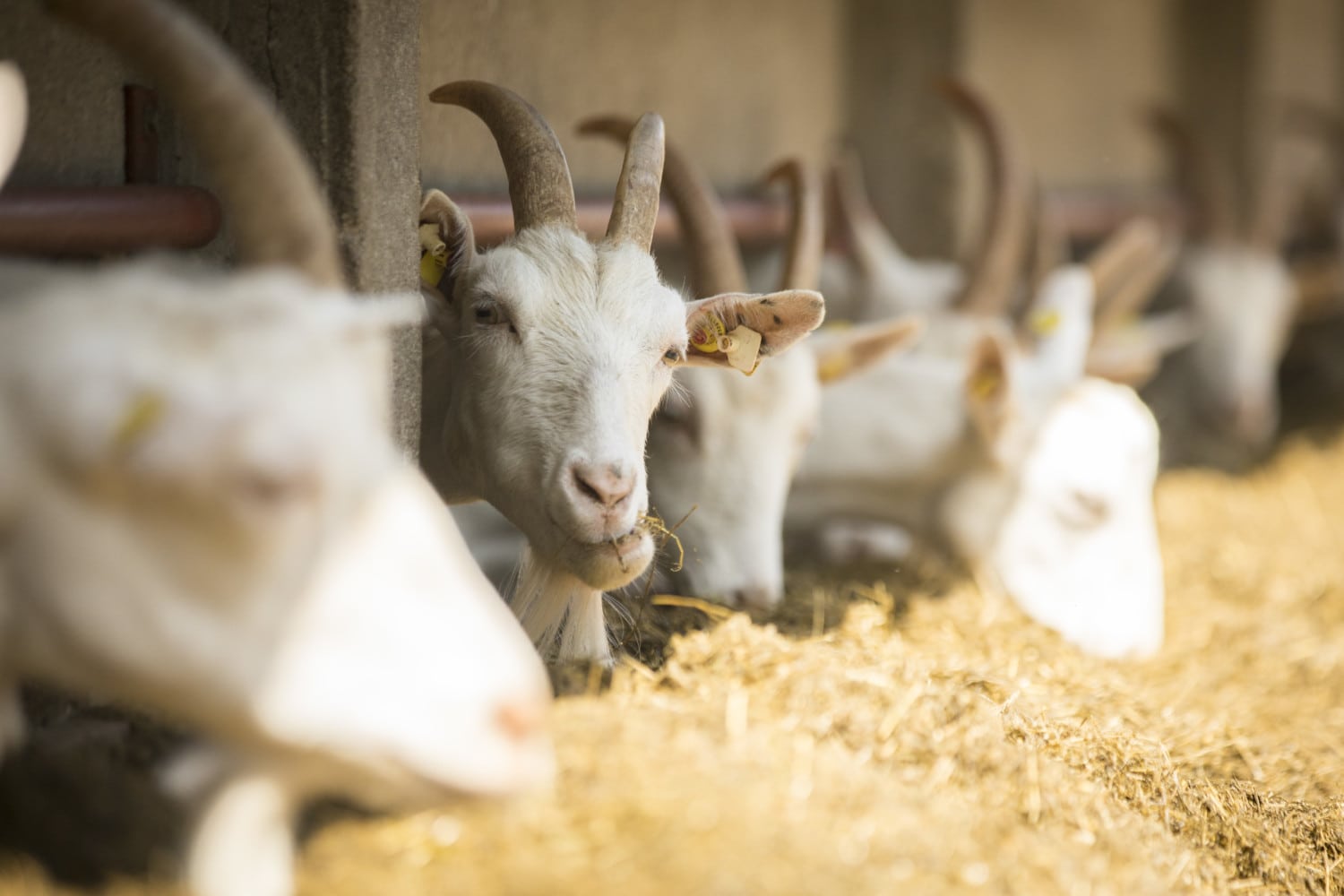
If all you know about goats is their famed stubbornness, here’s another goat fact for you: They are surprisingly good at solving puzzles. In one study conducted by researchers from Queen Mary University of London and the Institute of Agricultural Science in Switzerland, goats were presented with a puzzle involving activating a lever to produce a snack. The majority of goats in the study successfully figured out this task, and what’s more, the goats were given the challenge again 10 months later — and they solved it even more quickly, which suggests that goats have impressive long-term memories.
Bees
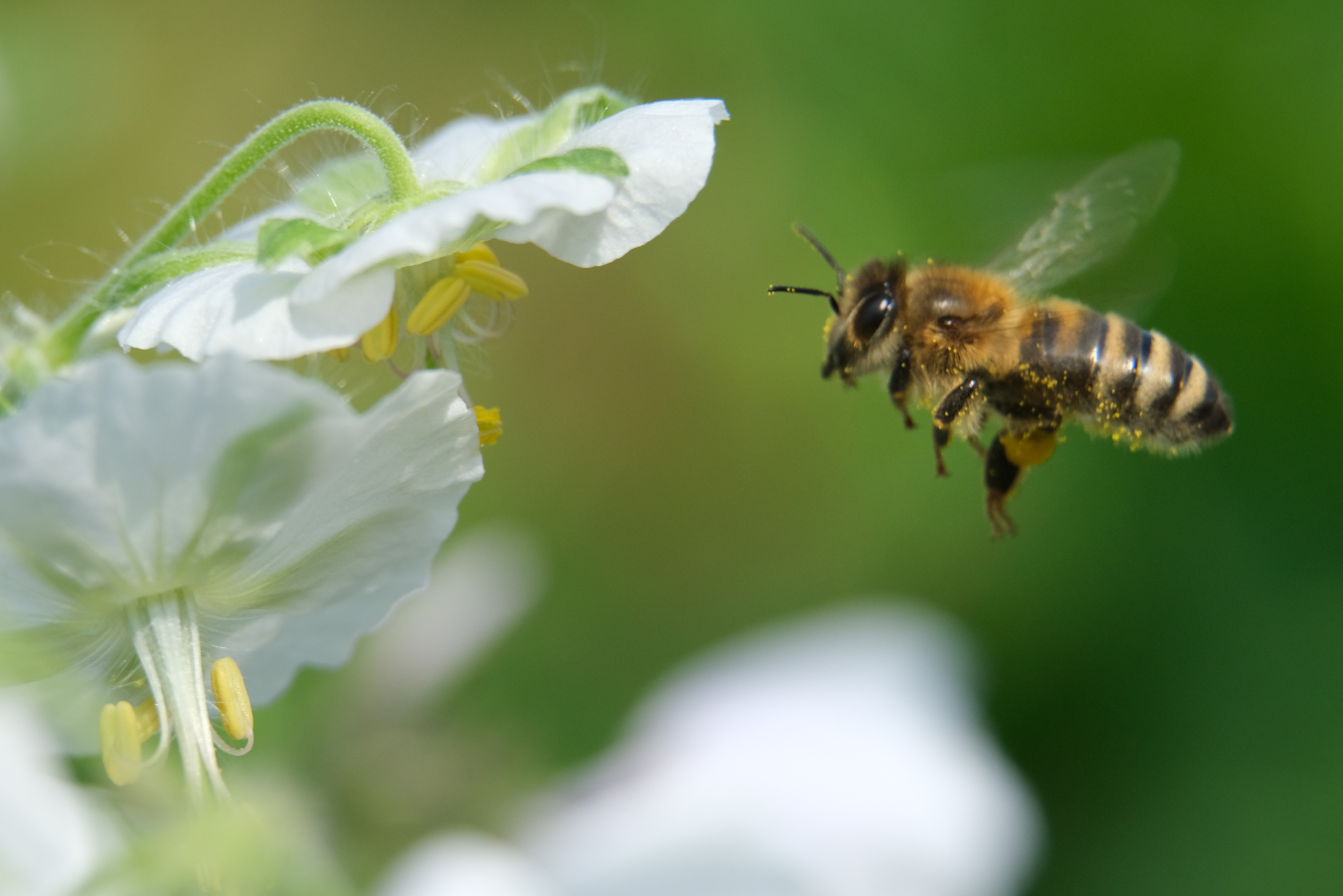
Bees demonstrate a kind of intelligence that is unusual in the insect world. Several different studies have found that bees can actually learn to complete tasks in order to achieve a reward, and one study even suggested that bees have the visual processing abilities to discriminate between paintings done by Monet and Picasso.
Bees are also capable of communicating by dancing, head-butting and jostling each other. In fact, bees engage in a group decision-making activity from which humans could learn a thing or two. When the hive becomes so large that it needs to relocate to a new nesting cavity, several hundred bees will scout new locations and then “vote” (by dancing!) to decide which location is best.
“The most popular site is chosen when the number of bees visiting it reaches a critical threshold,” explained Science Daily. This suggests a democratic group decision-making system that is rather sophisticated in the animal kingdom.
Bonobos
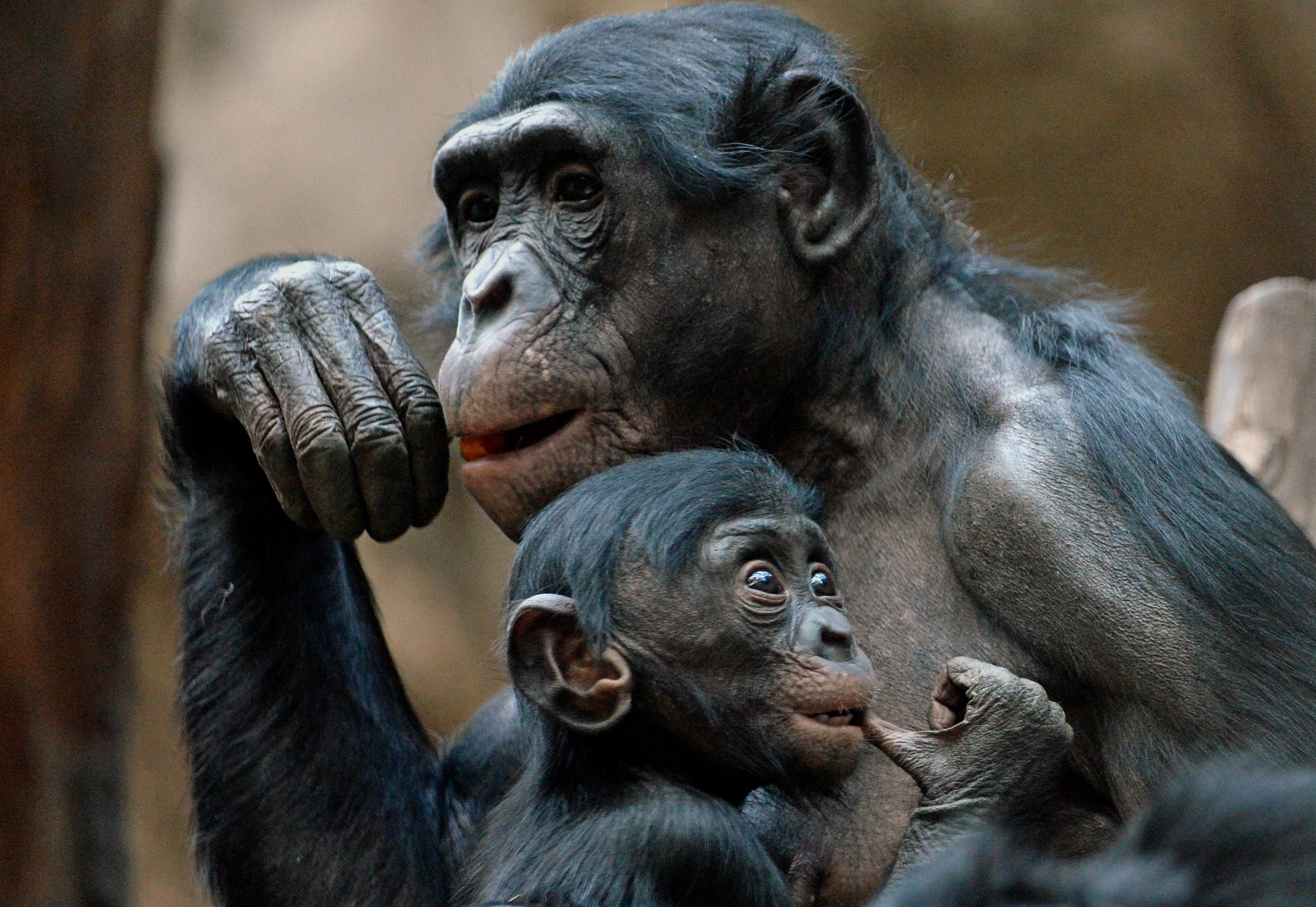
The bonobo is closely related to the chimpanzee, so it possesses similar mental capacities and intellectual skills. It is sometimes referred to as a “pygmy chimp,” though it is a separate species from the chimpanzee. As early as 1920, a Yale University primatologist deemed one captured bonobo an “intellectual genius.”
Bonobos have tremendous potential for learning and utilizing language. One captive bonobo named Kanzi, for example, understands the meanings of approximately 3,000 spoken English words. Once, during an outing in a forest near the facility where Kanzi was raised, “Kanzi touched the symbols for ‘marshmallow’ and ‘fire,'” wrote Paul Raffaele for Smithsonian Magazine. “Given matches and marshmallows, Kanzi snapped twigs for a fire, lit them with the matches and toasted the marshmallows on a stick.”
Pigeons
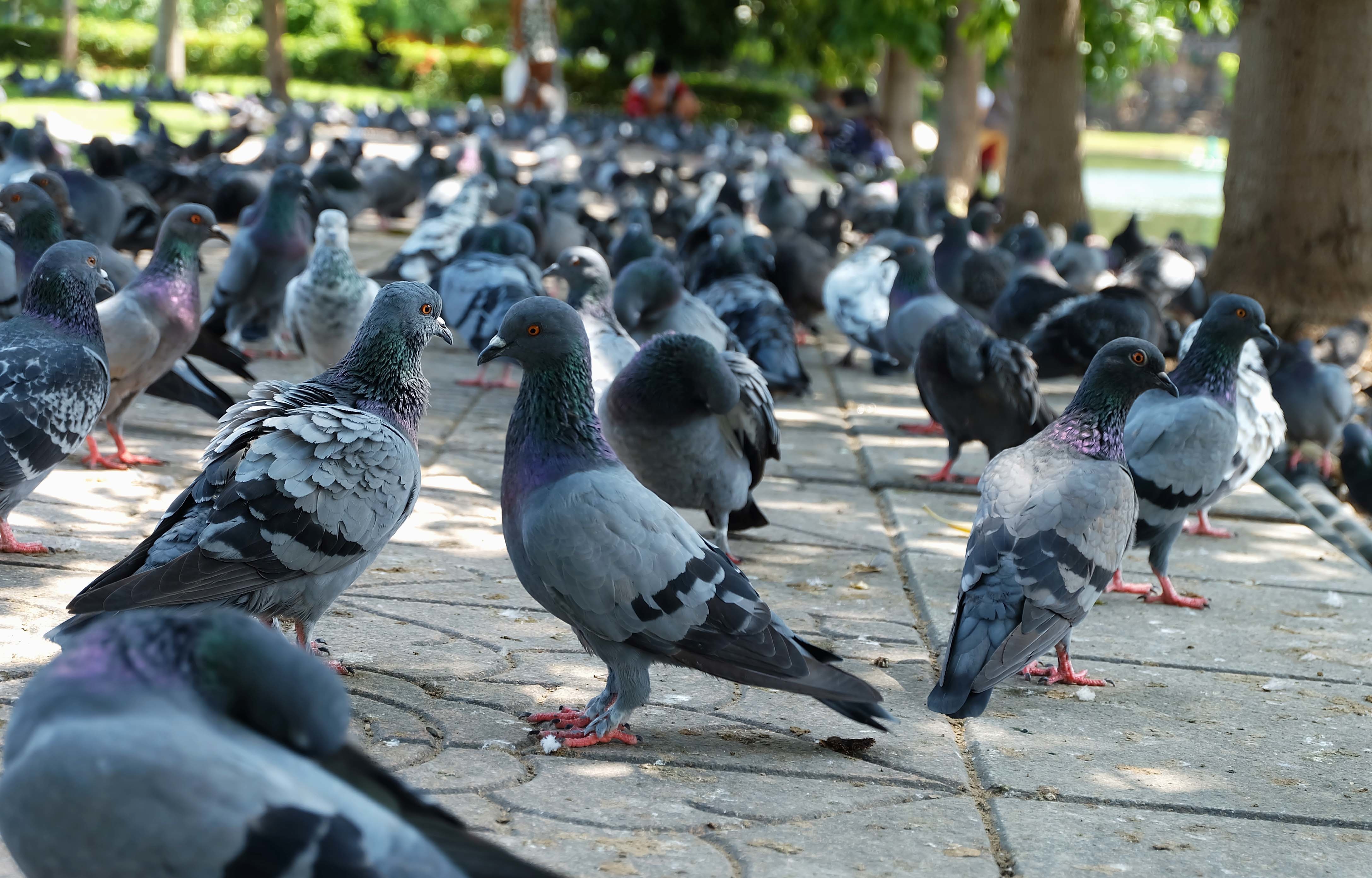
The quintessential city birds, pigeons are not often perceived to be clever or thoughtful. Many humans probably assume that these street birds’ intellect extends to simply locating the nearest errant pizza crust. In reality, pigeons are among the most intelligent birds on the planet and they might even have the ability to comprehend abstract concepts such as time and space, in a way that is similar to humans and non-human primates.
One 2011 study tested the mathematical abilities of pigeons with a visual counting test and determined that these feathered urbanites can learn to count up to three.
“Pigeons are the perfect subjects for visual tasks, because their vision is really good and they’re really easy to train,” psychologist Damian Scarf, told Live Science. “It appears that you can train them on almost any task you can train monkeys on.”
Portia Labiata Jumping Spider
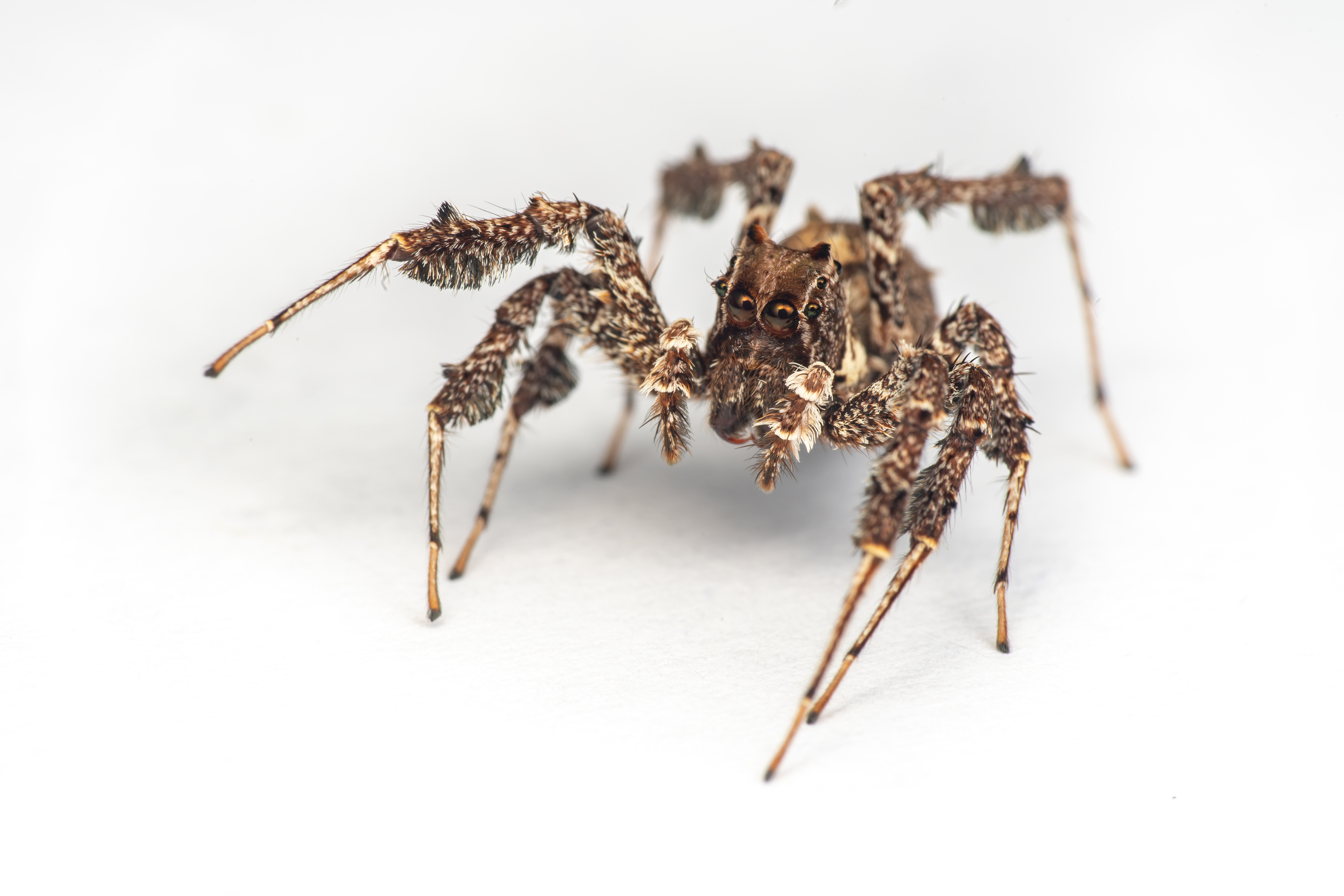
Many spiders are quite smart, but the hunting tactics of this gigantic spider are what set it apart as particularly shrewd. This jumping spider will use its superior eyesight against its prey — other spiders, who typically have poor eyesight — by learning and then mimicking the “web signals” of other spider’s prey. Jumping spiders don’t make webs themselves; instead, they trick other spiders into thinking they’ve caught some food and luring them out. Once there, the jumping spider will attack and eat the spiders.
This method of mimicry is remarkably sophisticated, as this research paper on jumping spiders points out: “Being able to make so many different kinds of signals is important, because how Portia’s prey, another spider, interprets web signals may vary considerably depending on the species to which it belongs, its sex, age, previous experience and feeding state.”
Cows
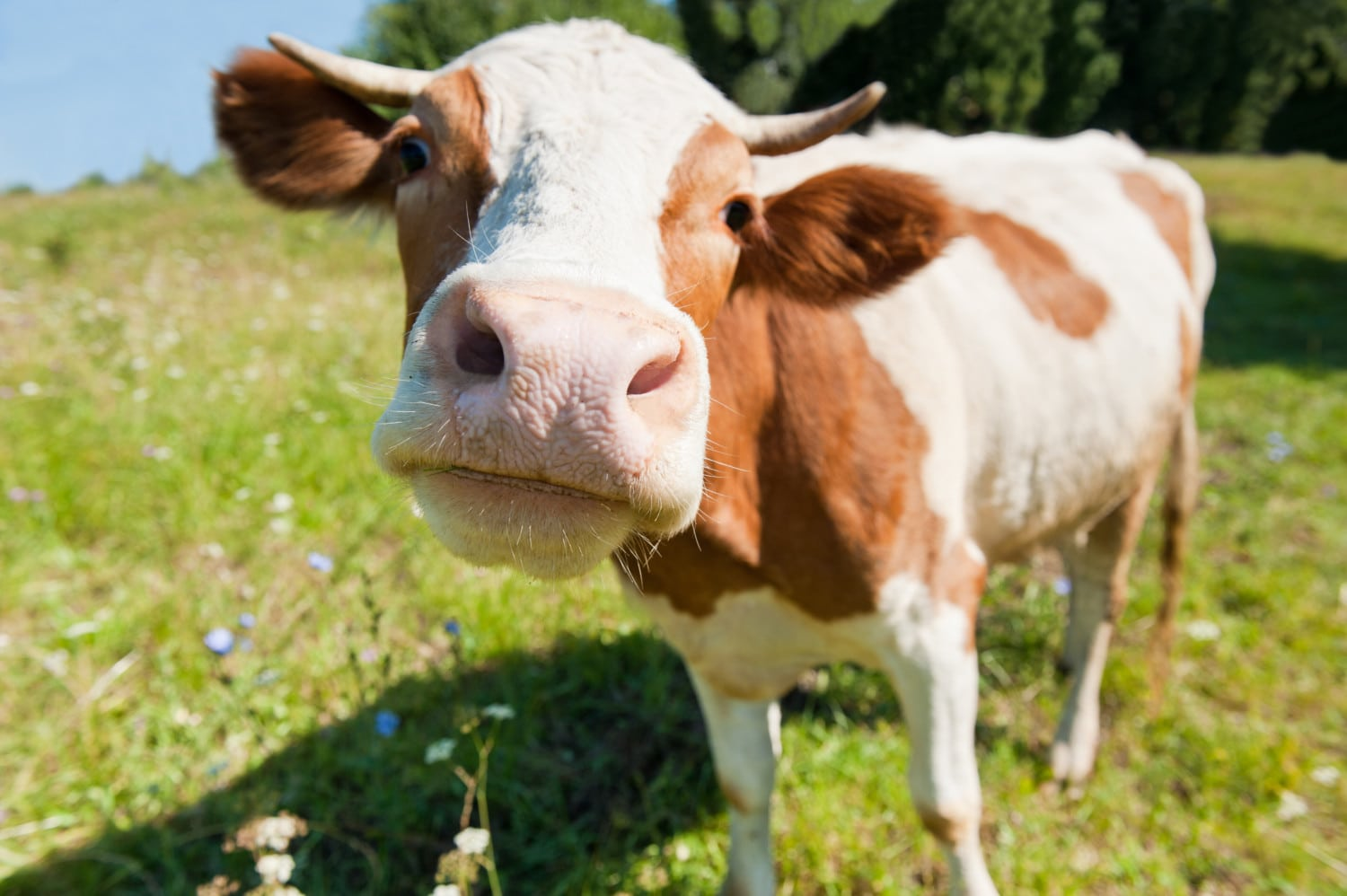
The image of a cow standing around, placidly chewing cud disguises an intriguing secret truth: Cows are actually quite smart and possess complex emotional lives. After reading a 2017 essay called “The Psychology of Cows,” writer Marc Bekoff gleaned that “cows display the ability to rapidly learn different tasks, display long-term memory, extrapolate the location of a hidden moving object, discriminate complex stimuli and discriminate humans from one another.” Cows also experience “a wide range of emotions,” he explained, including fear, anxiety and pain — just like humans.
Squid
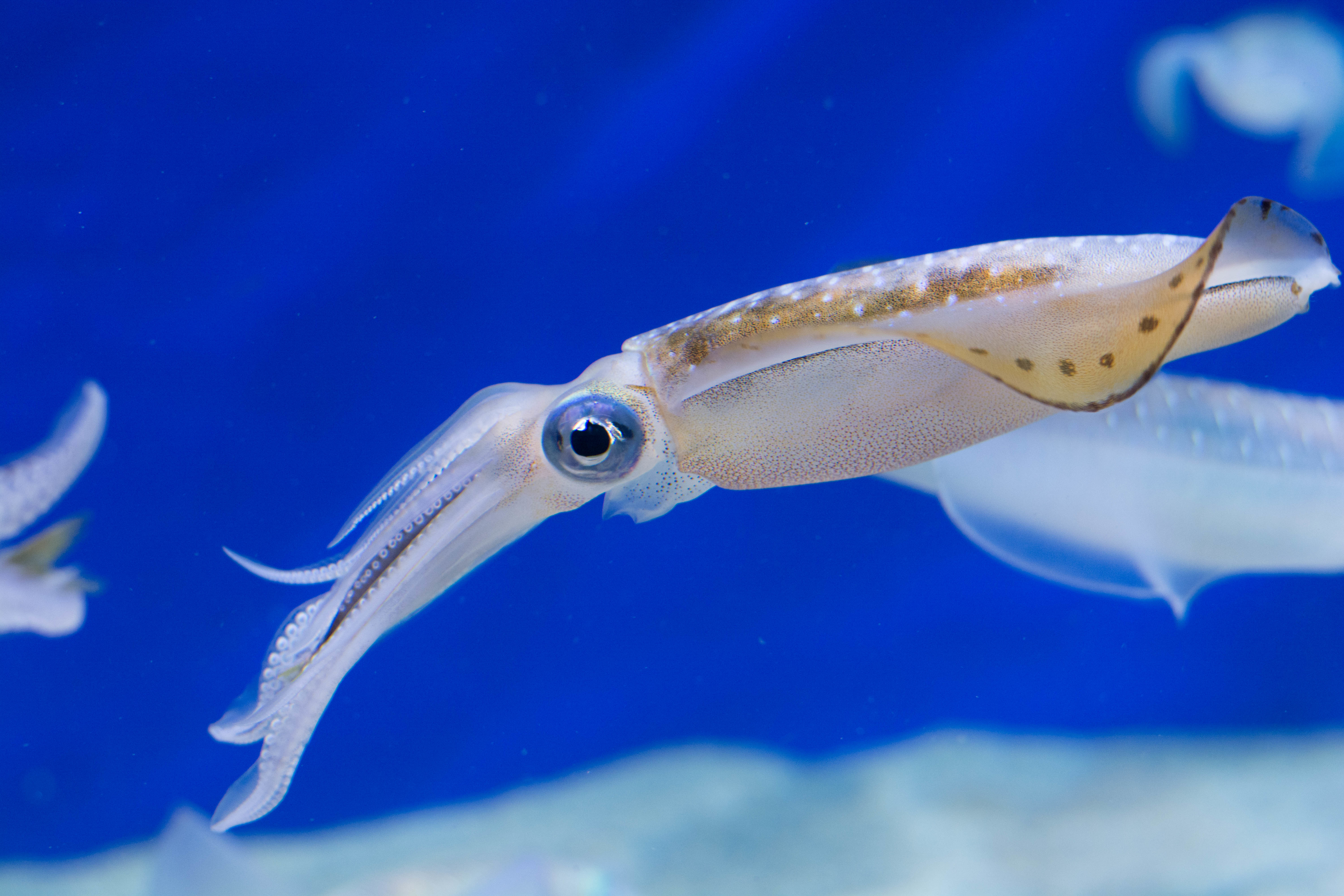
Squid and humans have such similar brain cells that scientists have used parts of squids’ brains to study how our own human brains function. One potential use for these findings is to develop cures for diseases like Alzheimer’s.
Squid are also highly social and communicative creatures and they have been seen working together to hunt prey. An Outside magazine article about the giant Humboldt squid deemed the aquatic animal “spookily intelligent,” and revealed that groups of Humboldt squid have been observed “coordinating with one another to herd and attack schools of fish.” As biology professor William Gilly told the magazine, “They have huge brains for their body size, much larger than most invertebrates. They might be as smart as a dog.”
Rats
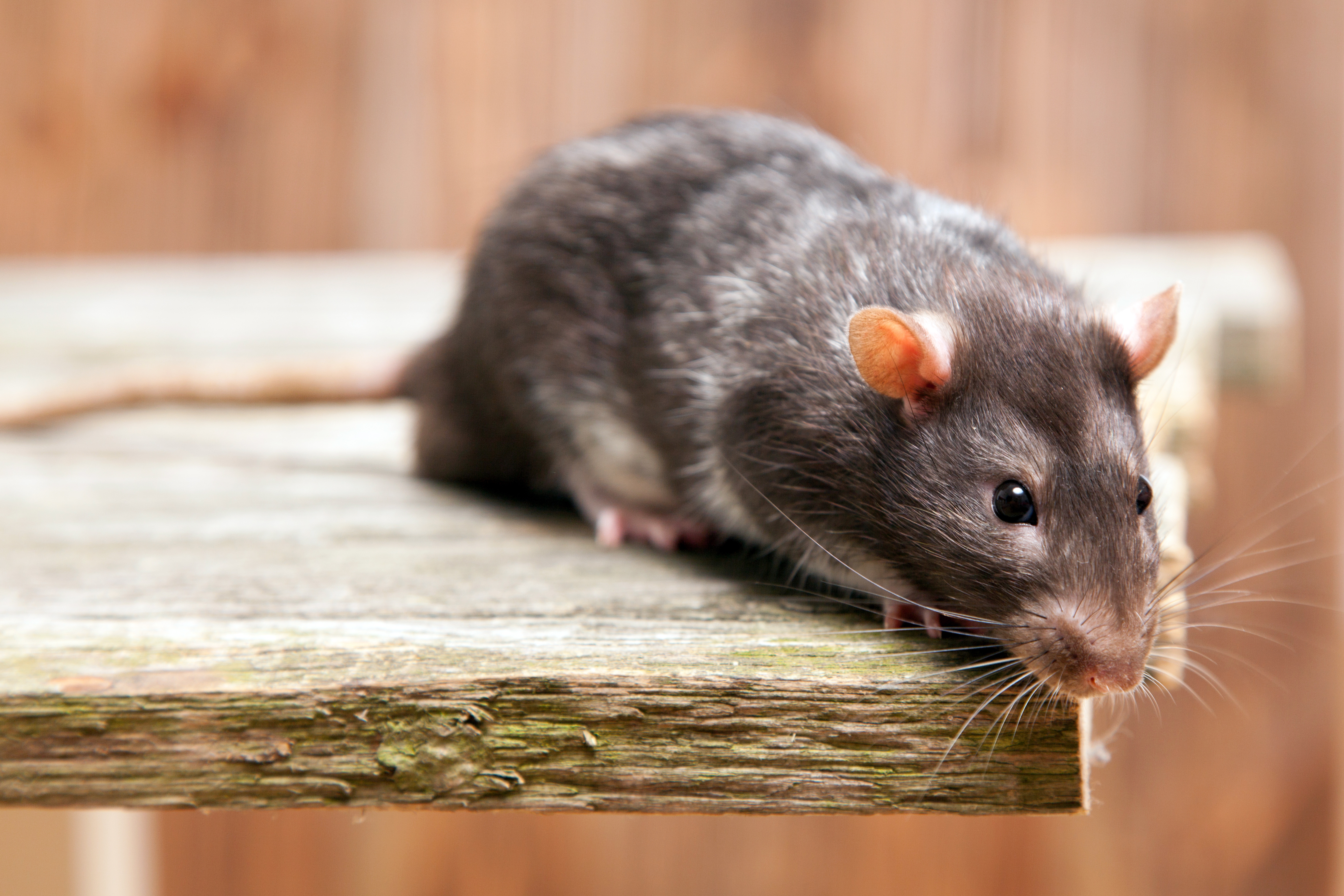
Whether they’re reviled as disgusting pests or pampered as household pets, rats tend to elicit strong emotions from people. The clever rodents are also frequently used in scientific studies and medical trials. Rats are curious animals with excellent memories, and they can be easily trained.
They have also demonstrated a keen intelligence that could be seen as on par with human intelligence. In fact, in one 2015 study in which the same tasks were given to rats and humans, rats actually outperformed the human subjects in some cases.
“Even though the rat brain is smaller and less complex than the human brain, research has shown that the two are remarkably similar in structure and function,” researcher Ben Vermaercke told the Harvard Business Review.
Ducks

There’s more than meets the eye with adorable fuzzy little ducklings. Just hours after hatching, baby ducks will imprint upon the first “mother” figure they see, meaning they will determine that another duck (or a human, or dog or other creature) is their mama and will follow them around from then on. It may not seem like much, but this ability to imprint might actually indicate an ability to grasp the abstract concept of “same” vs. “different” — and this capacity for abstract reasoning is often only associated with highly intelligent animals, such as primates.
Sheep

Sheep are so docile and cute, you may not think of them as being particularly smart. In truth, however, sheep have been found to have exceptional memories and strong facial recognition abilities. One 2001 study determined that sheep can recognize and remember 50 individual faces (or more) for more than two years.
Another study of sheep intelligence found that sheep can find their way out of a complex maze.
“The enticing sight of their fellow sheep friends awaiting them at the finish helped them reach the exit,” wrote BBC Earth. Indeed, sheep are capable of establishing loyal friendships and will look out for one another, intervening during fights to stick up for weaker members of their group.
Dogs

Turns out man’s best friend might also be one of man’s smarter friends. Dogs have been found to be as intelligent as a 2-year-old human child, with one study revealing that the average dog can learn 165 words, including gestures and signals, and highly intelligent dogs can learn as many as 250 words.
In addition to language skills, dogs exhibit a tremendous amount of emotional intelligence as well. They are able to empathize with their humans, and they’re capable of bonding with people in deep and complex ways that are similar to human familial relationships. So, dog owners who refer to their dogs as their “babies” are not really exaggerating all that much!
Sponsored Content





